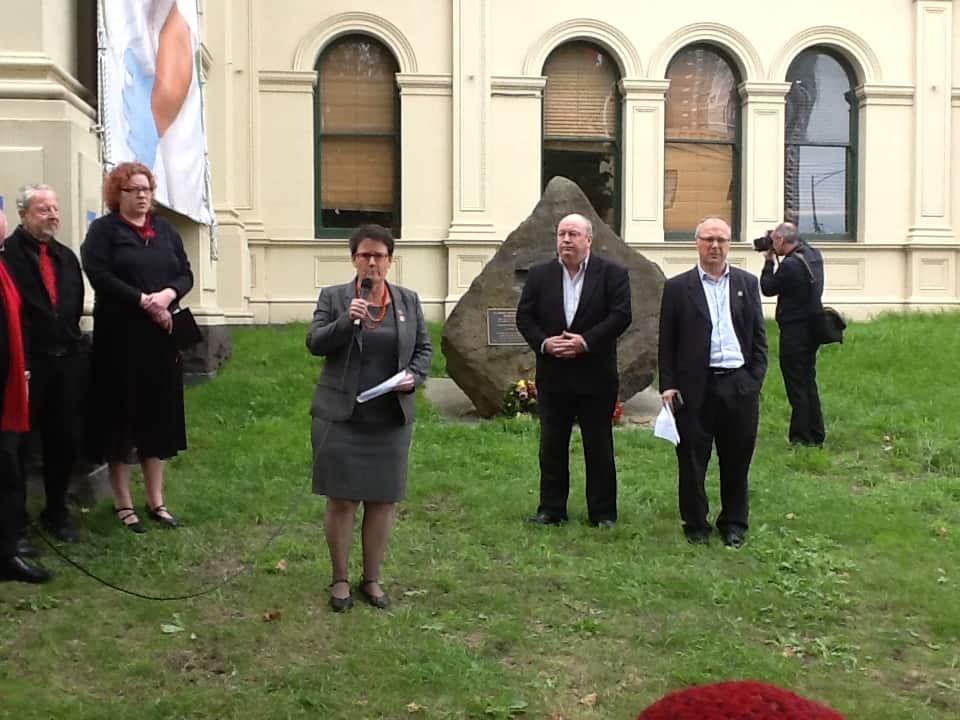I was interviewed this evening on the cost of mental stress by Your Rights at Night on Radio Adelaide. The podcast is now available HERE.
I have listened back to this interview this morning and have some advice for other OHS professionals who may find themselves in a similar situation.
Insist on seeing the interview questions prior to the interview. I asked for this but the questions weren’t available. Colleagues have advised me to refuse the interview if this occurs again as there is a risk of being trapped in a discussion that is very different from what was expected.
If the questions aren’t available, ask for the core theme of the interview so that topic parameters are established earl in the process. Continue reading “Short radio interview on the cost of workplace mental health”

 A short time ago the International Workers Memorial Day commemoration in Melbourne, Victoria, concluded. The ceremony was less sombre than in previous years with, it seemed, fewer families and relatives of deceased workers. Certainly there was no speech from a family member, nothing from workplace safety advocates other than the three trade union speakers,
A short time ago the International Workers Memorial Day commemoration in Melbourne, Victoria, concluded. The ceremony was less sombre than in previous years with, it seemed, fewer families and relatives of deceased workers. Certainly there was no speech from a family member, nothing from workplace safety advocates other than the three trade union speakers,